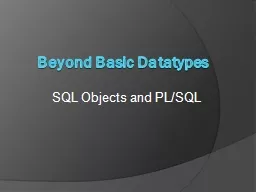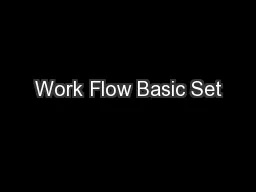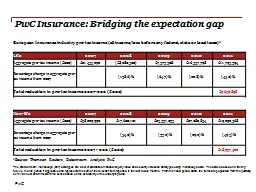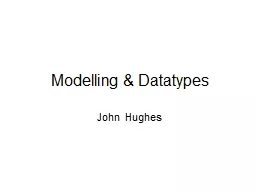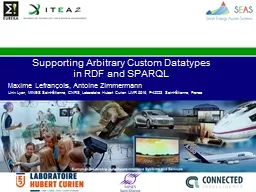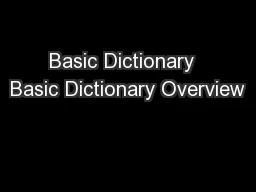PPT-Beyond Basic Datatypes
Author : liane-varnes | Published Date : 2019-11-22
Beyond Basic Datatypes SQL Objects and PLSQL Who am I Gary Myers Oracle developer since 1994 Database Consultant with SMS MampT Blogger since 2004 Now at blogsydoraclecom
Presentation Embed Code
Download Presentation
Download Presentation The PPT/PDF document "Beyond Basic Datatypes" is the property of its rightful owner. Permission is granted to download and print the materials on this website for personal, non-commercial use only, and to display it on your personal computer provided you do not modify the materials and that you retain all copyright notices contained in the materials. By downloading content from our website, you accept the terms of this agreement.
Beyond Basic Datatypes: Transcript
Download Rules Of Document
"Beyond Basic Datatypes"The content belongs to its owner. You may download and print it for personal use, without modification, and keep all copyright notices. By downloading, you agree to these terms.
Related Documents

